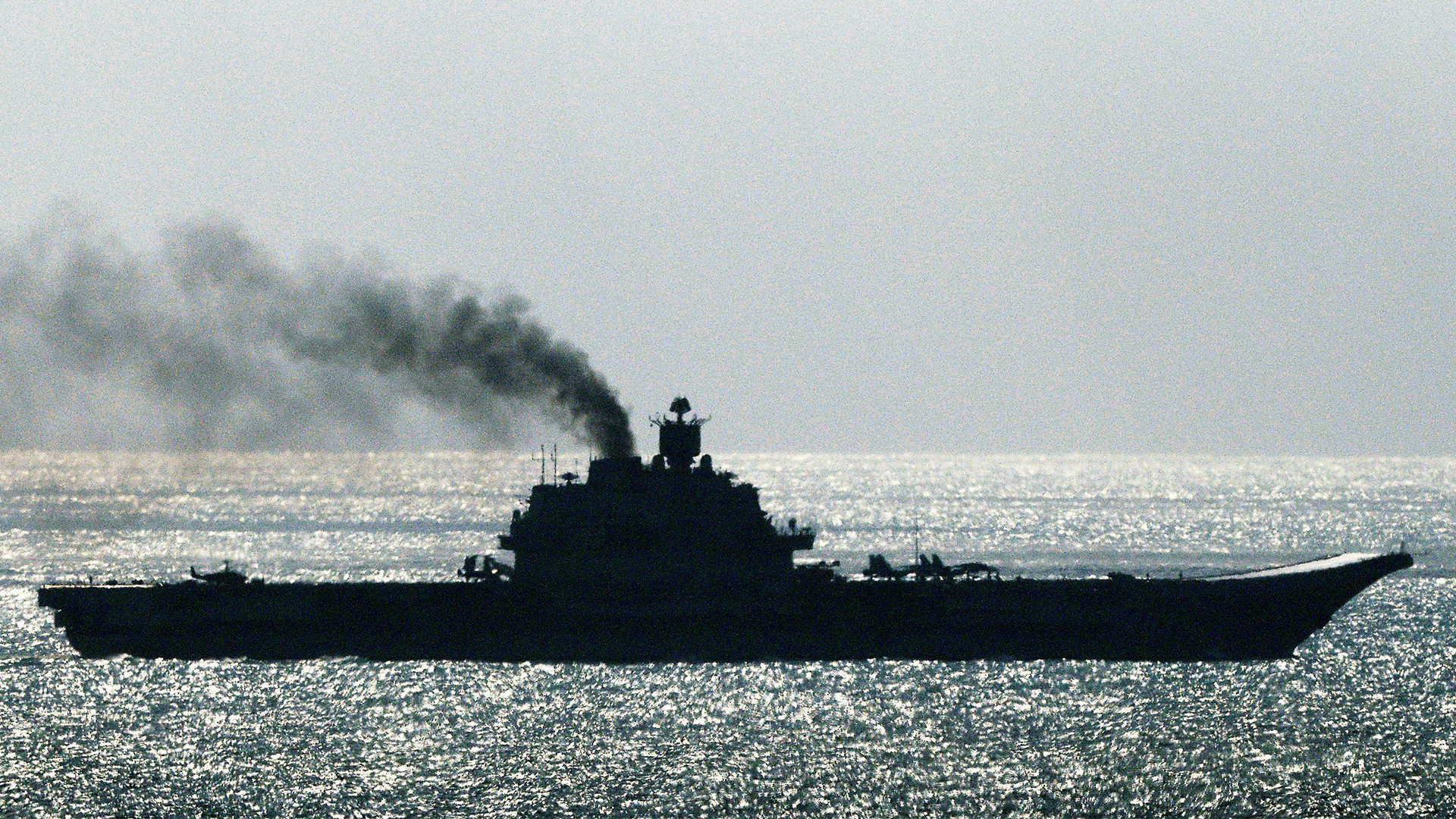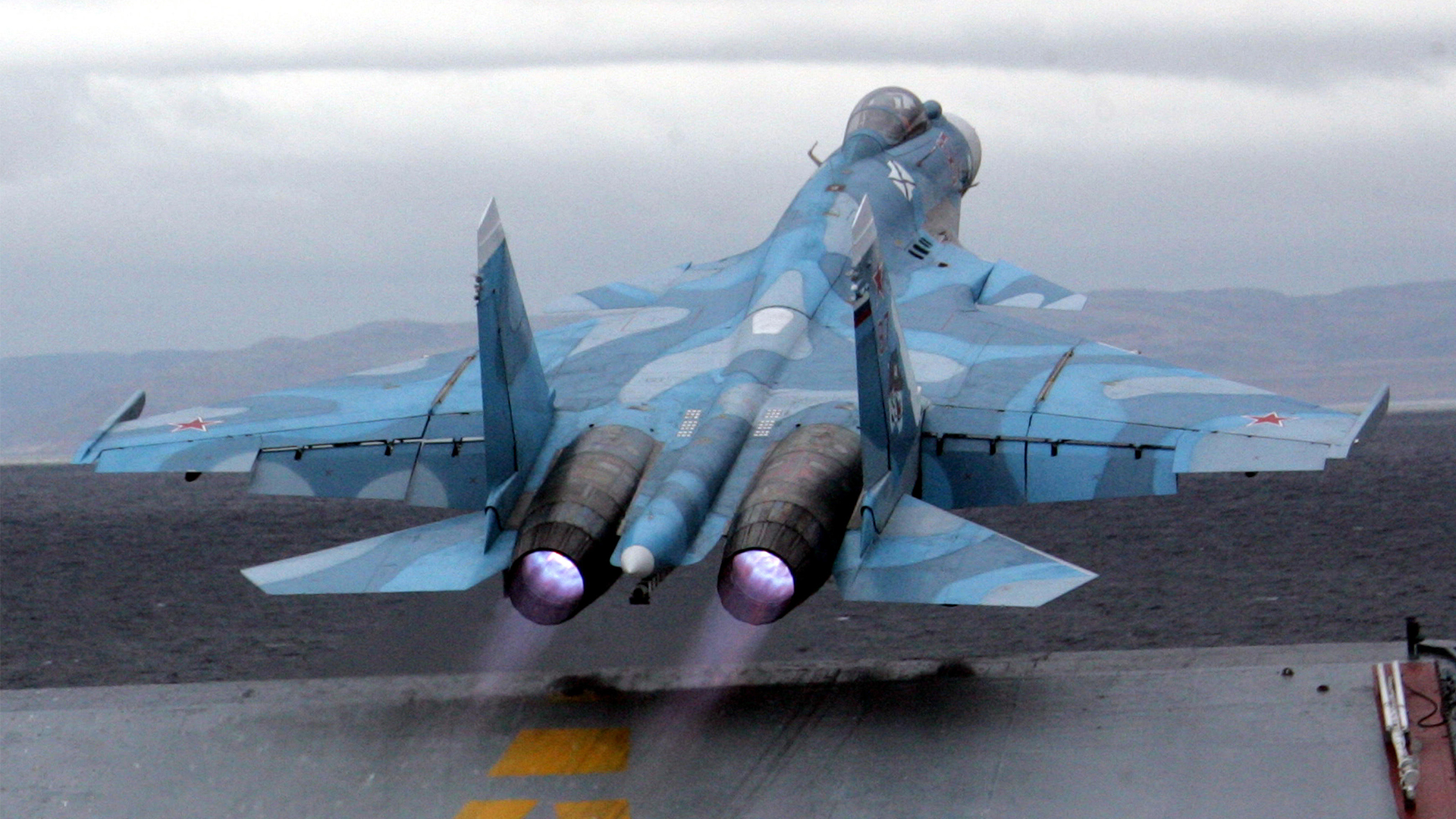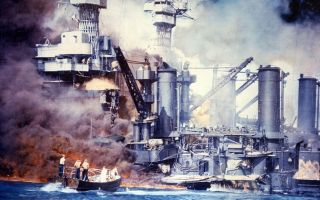
Russia tipped to lose its only carrier as repair and refit work on Admiral Kuznetsov is halted

The Admiral Kuznetsov, an unusual Russian warship that combines the features of an aircraft carrier with a missile cruiser, is likely to be scrapped, according to local media reports.
The vessel has not sailed since 2017 and has suffered numerous setbacks during attempts to refit it, including fires, a crane collapse and the sinking of the dry dock that was holding it.
A refit and revamp has apparently been suspended, leading to suggestions that the heavy aircraft cruiser could be decommissioned.
- Royal Navy warships track five Russian vessels during first seven days of July
- Trump to send more weapons to Ukraine – here's how America First policy shapes decision
- Royal Navy helicopters and patrol ship track Russian submarine through UK waters
If the claims prove to be true, this would make Russia the only major military power without an operational aircraft carrier.
She was built in Ukraine in the then-Soviet Union and was launched in 1985 and commissioned in 1991.
The Admiral Kuznetsov is Russia's sole aircraft carrier and the flagship of the Northern Fleet, but was last deployed in 2016 to support Russian military operations in Syria, during which she lost two aircraft, albeit not in combat.
Since entering dry dock in 2017, the carrier's modernisation programme has been marred by setbacks.

In 2018, a crane collapsed onto the deck during the sinking of the PD-50 dry dock, killing one worker and causing extensive damage.
A fire during welding work in 2019 killed two people and injured more than a dozen. Another fire was reported in 2022.
Russian commentators have questioned whether the Kuznetsov had any viable future, describing the project as "effectively frozen" and warning that any further investment would likely not be justified.
When she was first commissioned, Kuznetsov was transferred to Russia's Northern Fleet just before the collapse of the Soviet Union.
She was rushed into service without full trials or support infrastructure, and the lack of a proper home port in the Russian Arctic is said to have contributed to her early deterioration.
A change in operational needs
The carrier has been retained as a symbol of national prestige. However, the ship no longer meets modern operational needs.
Russia’s ongoing war in Ukraine, now in its third year, has relied heavily on drone warfare.
With costs rising, even a full modernisation programme would only extend the ship's life by another 15 years, according to Russian media site Reporter.
Meanwhile, the Russian navy is building two amphibious assault ships in Kerch – Ivan Rogov and Mitrofan Moskalenko - and reports have suggested these could be adapted into drone carriers or light carriers with anti-submarine helicopters.
One feature of the Admiral Kuznetsov when she was at sea was the trail of heavy black smoke that she left – something that was visible several nautical miles away.
She is believed to be powered by mazut, a residual product of crude oil distillation.
A billowing smoke trail is apparently the result of the fuel not being pre-heated before it is used.
If the Admiral Kuznetsov is decommissioned, Russia would become the only permanent member of the UN Security Council without an operational aircraft carrier.
The United States, United Kingdom, France, China and India all currently maintain carrier-capable fleets.









